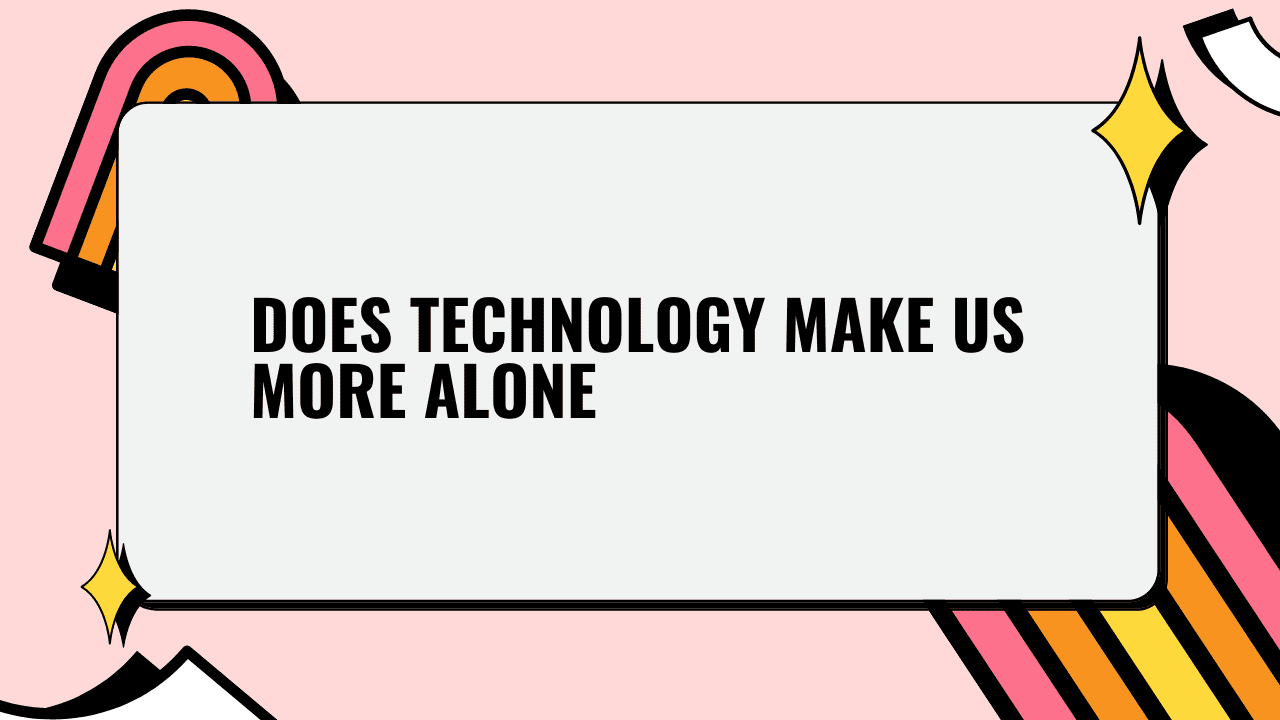Craft Design Technology (CDT) is a remarkable field that combines the best of craftsmanship, design thinking, and technological advancements. It merges the centuries-old traditions of skilled artisans with the endless possibilities offered by modern technology. This fusion has led to groundbreaking innovations and has become a source of inspiration across various industries. In this article, we will explore the fascinating world of CDT and its transformative impact on the realms of design, innovation, and creativity.
Introduction
Craft Design Technology, often referred to as CDT, is the harmonious blend of traditional craftsmanship and contemporary design approaches with cutting-edge technology. It encompasses a wide range of disciplines, including but not limited to architecture, fashion, product design, and more. The integration of craft, design, and technology creates a synergy that transcends boundaries and opens up new horizons for innovation.
Craft and design share a deep-rooted connection. Craftsmanship focuses on skilled manual work and attention to detail, while design involves the systematic and creative process of problem-solving. When combined, these two disciplines create a powerful force that drives innovation forward.
The Intersection of Craft and Design
At the core of Craft Design Technology lies the intersection of craft and design. Craft enhances design processes by infusing them with a sense of authenticity, uniqueness, and craftsmanship. Craftspeople bring their extensive knowledge, experience, and passion to the table, elevating the design process and resulting in truly remarkable creations.
Successful collaborations between craftspeople and designers have produced awe-inspiring results. For example, in the field of furniture design, master woodworkers working alongside renowned designers have crafted stunning pieces that seamlessly merge function, aesthetics, and exquisite craftsmanship.
Technology in Craft Design
While craft and design have deep historical roots, technology has introduced exciting possibilities to this domain. Traditional crafts now integrate with technological advancements, resulting in new techniques, materials, and processes. Digital fabrication tools, such as 3D printers and computer-aided design software, have revolutionized the way craftspeople approach their work.
The integration of technology expands the boundaries of craft design. Artisans can now experiment with complex geometries, create intricate patterns, and explore innovative materials. This collaboration between traditional skills and modern tools pushes the boundaries of what is possible and enables craftspeople to unleash their creativity like never before.
Innovations in Craft Design Technology
Craft Design Technology has given rise to numerous innovations that have transformed various industries. One notable area of advancement is the development of smart materials and wearable technology. Designers and craftspeople are now incorporating sensors, microcontrollers, and conductive materials into their creations, resulting in interactive and responsive designs.
Sustainability is another significant aspect of CDT. The integration of eco-friendly practices and materials is enabling designers to create products with a reduced environmental footprint. Recycling, upcycling, and using organic materials are just a few examples of the sustainable approaches being embraced in the field.
Artificial intelligence and machine learning are also making their mark on CDT. These technologies aid in design optimization, pattern recognition, and even creative ideation. By leveraging the power of AI and machine learning, designers can explore new design possibilities and streamline their workflows.
Applications of Craft Design Technology
Craft Design Technology finds application in various industries, enriching them with innovative and visually stunning creations. In architecture and interior design, CDT brings forth a marriage of traditional craftsmanship and modern aesthetics, resulting in breathtaking structures and spaces that captivate the senses.
The fashion and textiles industry has also witnessed a significant impact from CDT. Designers are incorporating digital fabrication techniques, such as laser cutting and 3D printing, to create avant-garde garments and intricate textile patterns. This blend of craft, design, and technology is shaping the future of fashion.
Product design and industrial manufacturing are also benefiting from the advancements in CDT. The ability to create prototypes rapidly and efficiently using digital fabrication tools has revolutionized the design process. This has led to the production of innovative products that seamlessly combine functionality, aesthetics, and craftsmanship.
The Impact of Craft Design Technology on Society
This Technology has a profound impact on society, both culturally and economically. By empowering artisans and preserving traditional crafts, CDT plays a crucial role in maintaining cultural heritage and ensuring the transmission of skills across generations. It provides a platform for craftspeople to showcase their talents and gain recognition in a rapidly evolving world.
Moreover, CDT fuels creativity and innovation across various industries. The fusion of craft, design, and technology sparks new ideas, encourages out-of-the-box thinking, and pushes the boundaries of what is possible. By embracing CDT, industries can leverage the power of creativity to drive growth and make a positive impact on society.
Challenges and Future Trends
While Craft Design Technology holds immense potential, it also faces challenges that need to be addressed. Bridging the gap between traditional crafts and technology can be a daunting task. It requires nurturing collaborations, fostering mutual understanding, and ensuring that craftspeople have access to the necessary tools and resources.
Ethical considerations also come into play when integrating technology into craft practices. Balancing the preservation of cultural heritage with the adoption of technological advancements requires careful thought and consideration. Respecting the values and traditions of craft while embracing innovation is a delicate balance that the field of CDT must navigate.
Looking to the future, several trends hold promise for Craft Design Technology. The rise of augmented reality and virtual reality technologies opens up new avenues for immersive experiences and interactive design. The exploration of sustainable materials and practices will continue to shape the field, addressing the pressing environmental challenges we face.
Conclusion
Craft Design Technology represents the ultimate fusion of craftsmanship, design, and technology. It bridges the gap between tradition and innovation, inspiring creativity and driving progress across various industries. Through collaborations, advancements in materials and techniques, and the integration of technology, CDT has transformed the way we approach design and has opened up exciting possibilities for the future.
This Technology is not merely a combination of disciplines; it is a mindset that encourages us to explore, experiment, and reimagine what is possible. It empowers artisans, enriches our cultural heritage, and propels us toward a future where innovation and inspiration are intertwined.
Read also : Luna Crypto: A Game-Changing Investment Opportunity You Can’t Miss




